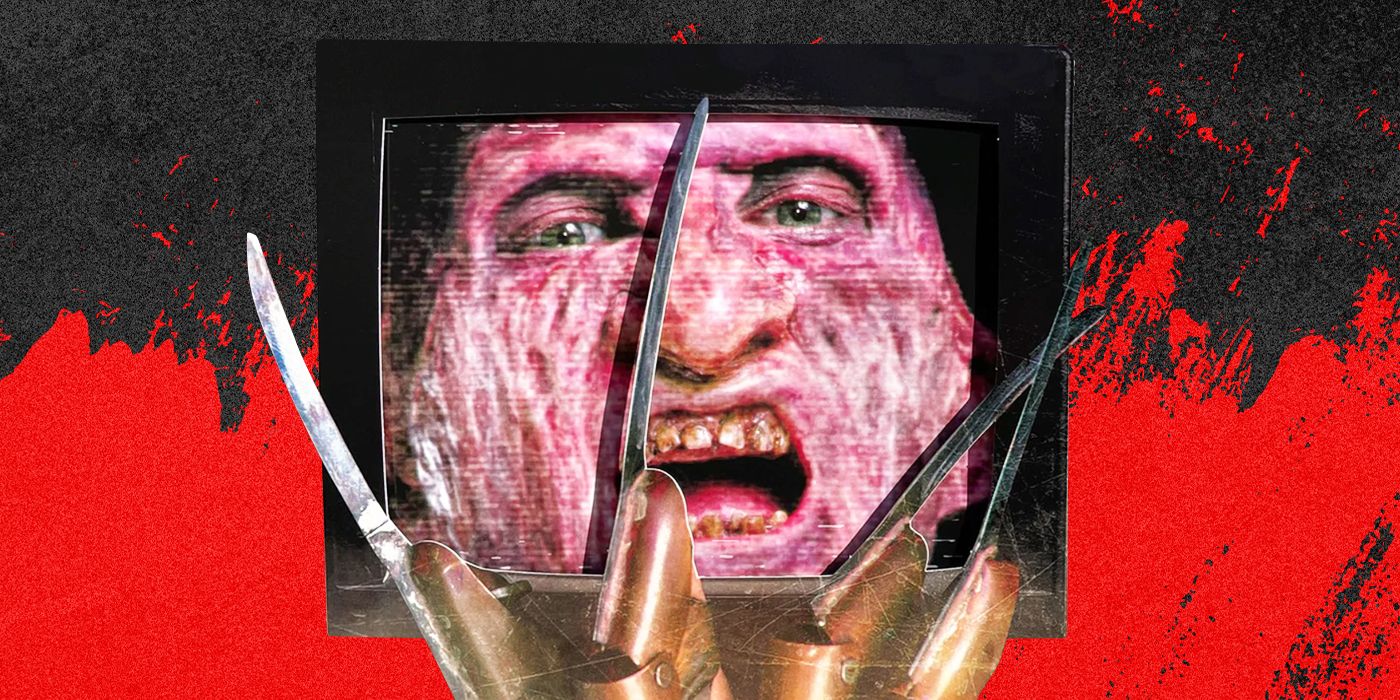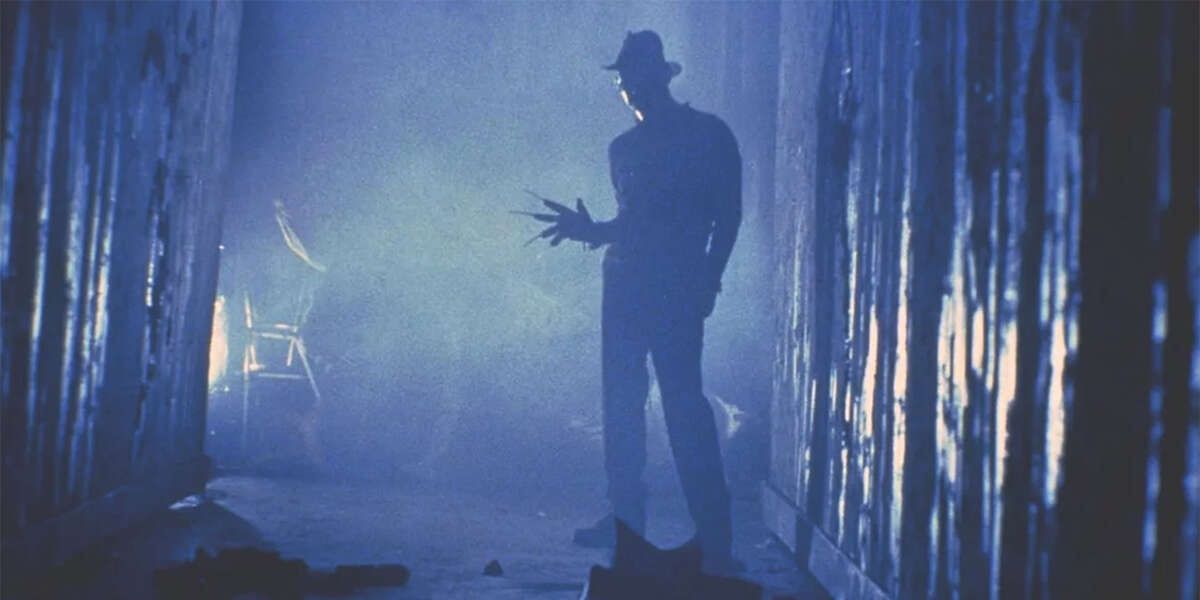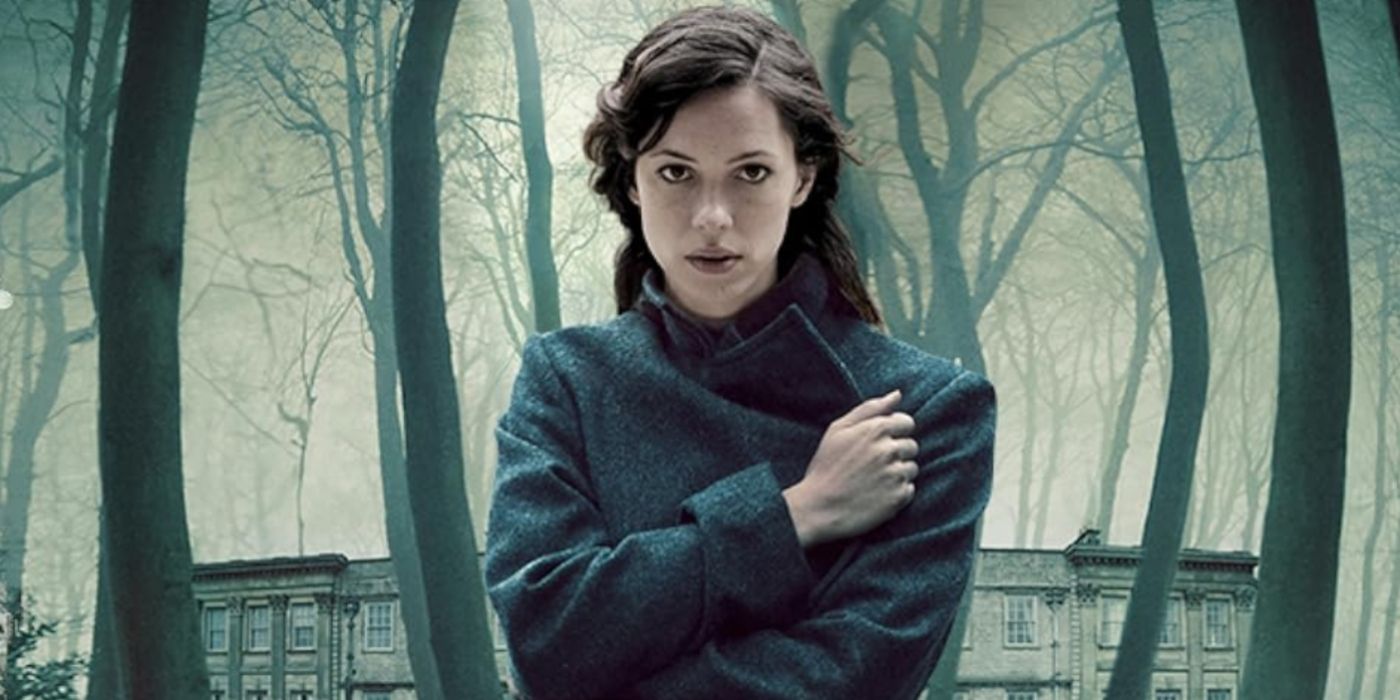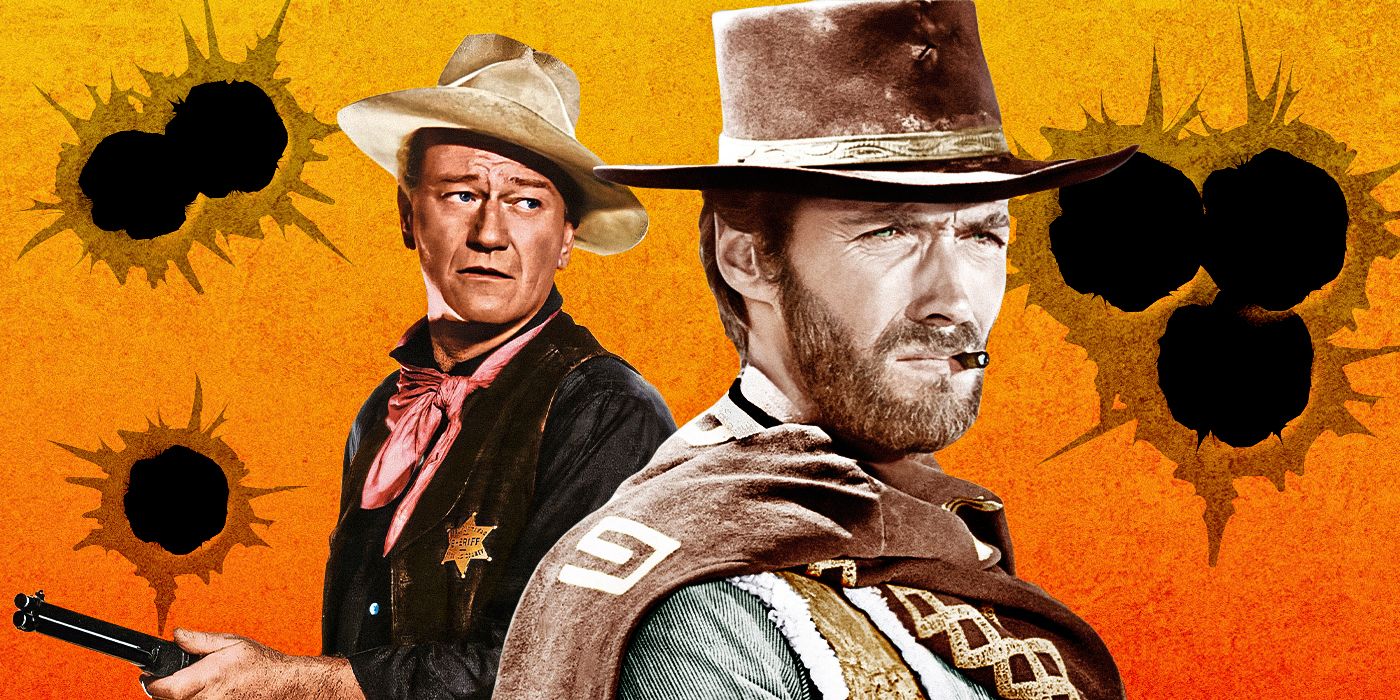The Big Picture
- Freddy Krueger from A Nightmare on Elm Street was inspired by a real-life story of a Cambodian family who escaped genocide but faced nightmares and death.
- Young men from the Hmong ethnic group in Laos experienced Sudden Unexplained Nocturnal Death Syndrome (SUNDS) where their hearts contracted rapidly, leading to death in their sleep.
- Wes Craven faced rejections from studios before finding a producer who believed in A Nightmare on Elm Street, leading to the creation of an iconic horror franchise.
Everyone’s favorite striped sweater-wearing, knife-gloved slasher may have been based on a true story. That’s right, Freddy Krueger (Robert Englund) from A Nightmare on Elm Street was inspired by a real-life story, not just entirely made up by Wes Craven. Just when you thought the concept of Freddy infiltrating your nightmares and killing you in torturous ways couldn’t be scarier, there seemingly was a dream killer wreaking havoc in the 1980s.
A Nightmare on Elm Street is about a group of Midwestern teenagers who all are experiencing the same nightmarish fate: a man named Freddy Krueger preys upon them in their sleep. Krueger is a badly burned boogeyman who kills people in their dreams, which manifests into their deaths in real life. The only way to avoid falling victim to Krueger is to stay awake at any cost — otherwise 1, 2, Freddy’s coming for you. There are eight movies in the franchise, which includes one mash-up of worlds, Freddy vs. Jason. There is also a 2010 remake of A Nightmare on Elm Street, but we can let that remake die in our sleep. Because of the success of the franchise, there is also a four-hour documentary titled Never Sleep Again: The Elm Street Legacy. There was also a tv series titled Freddy’s Nightmares and almost a Fear Factor-style reality show with Freddy Krueger as the host titled Real Nightmares. The legacy of Freddy Krueger is one of the most popular in the history of horror — and legacies never die. So, how did the sarcastic and sadistic child murderer come to fruition? The LA Times can be thanked for that.
The Real-Life Inspiration Behind ‘A Nightmare on Elm Street’
Surprisingly enough, Craven started writing horror scripts without ever seeing a horror movie first. In Vulture’s oral history of A Nightmare on Elm Street, Craven said that he was struck with inspiration for the dream killer when he found an article in the LA Times.The article was about a Cambodian family coming to America to escape mass genocide in the Killing Fields. They made it to the United States, and all was fine until the young boy in the family was terrified to sleep because he felt that if he slept, he would be killed by something chasing him. He forced himself to stay awake for days at a time, and eventually, he died in the middle of a nightmare. This became the basis for A Nightmare on Elm Street. Craven told Cinefantastique Magazine that it also wasn’t the only article that he saw — there were three other articles about unexplained deaths of those from Laos, Cambodia. None of the articles connected the deaths together, even though they were all eerily similar. The last of the men dying in their sleep was found with a Mr. Coffee maker in his closet and discarded sleeping pills that he never took.
This isn’t the first case of Southeast Asia refugees dying in their sleep, however. Many young men in the country of Laos were falling asleep to their deaths due to a fatal ailment. This was eventually named Sudden Unexplained Nocturnal Death Syndrome (SUNDS). The ailment affected young men between the ages of 20 and 30 from the Hmong ethnic group, who were persecuted in Laos after they were recruited by the CIA and agreed to fight the North Vietnamese in the Vietnam War. Between 1978 and 1981, there were 13 nocturnal deaths of Hmong young men recorded. According to the LA Times, 98% of those deaths occurred between 10 pm and 8 am. During the year 1981, 26 total Hmong men died for the same reason. Many victims were found dead, but if medics arrived in time, the men were found with their hearts contracting obscenely fast.
There has been a lot of speculation on what could possibly be causing SUNDS. Some doctors suspected poor diet, as the longer the refugees were living away from the camps on the Killing Fields, the more likely they were to live. Others suspected that it could be due to exposure to chemical nerve agents during the Vietnam War, but that was dispelled quickly. In an LA Times article, a medical examiner mentioned that if it were a chemical agent, it doesn’t make sense that it would affect only men and only during a specific time frame in the evening. Some Hmong members felt they were being punished by spirits for leaving and abandoning their homelands. SUNDS is still unexplained to this day.
Wes Craven’s ‘A Nightmare on Elm Street’ Was Turned Down by Many Studios
Craven took the idea to Hollywood and was largely turned down by many directors and production studios, even including Universal Studios. In Vulture’s oral history of A Nightmare on Elm Street, Craven admits he has the rejection letter from Universal hanging on his wall. Many deterred Craven from wanting to make this film because of the basis of the plot. Many warned him that it wouldn’t be accepted because, yes, while everyone has nightmares, everyone eventually wakes up from them without being attacked by a knife-fingered maniac. Bob Shaye, the eventual producer of A Nightmare On Elm Street, felt differently. He met with Craven and told him he loved it. They set a budget of $700,000 that was mainly funded by a Yugoslavian man who wanted his girlfriend to be in the movie. Freddy’s iconic red and green sweater was a necessity because Craven had read a Scientific American article that stated red and green together is the most difficult color combination for the human eye to see together. He also wanted those to be Freddy’s signature colors and a way to recognize him immediately since he is a shape-shifter. This is seen at the end of the original A Nightmare on Elm Street when the kids drive off in the convertible and the roof is red and green striped, signifying that may be the end for those kids.
A very real and unexplainable phenomenon inspired one of the most successful and iconic horror franchises. In Vulture’s oral history, the director of A Nightmare on Elm Street 2: Freddy’s Revenge referred to New Line Cinema as “the house that Freddy built” — and horror pop culture would agree with that. Inspiration can strike in the most unexpected places, and for Craven, that LA Times article was exactly what he needed to create horror history.





